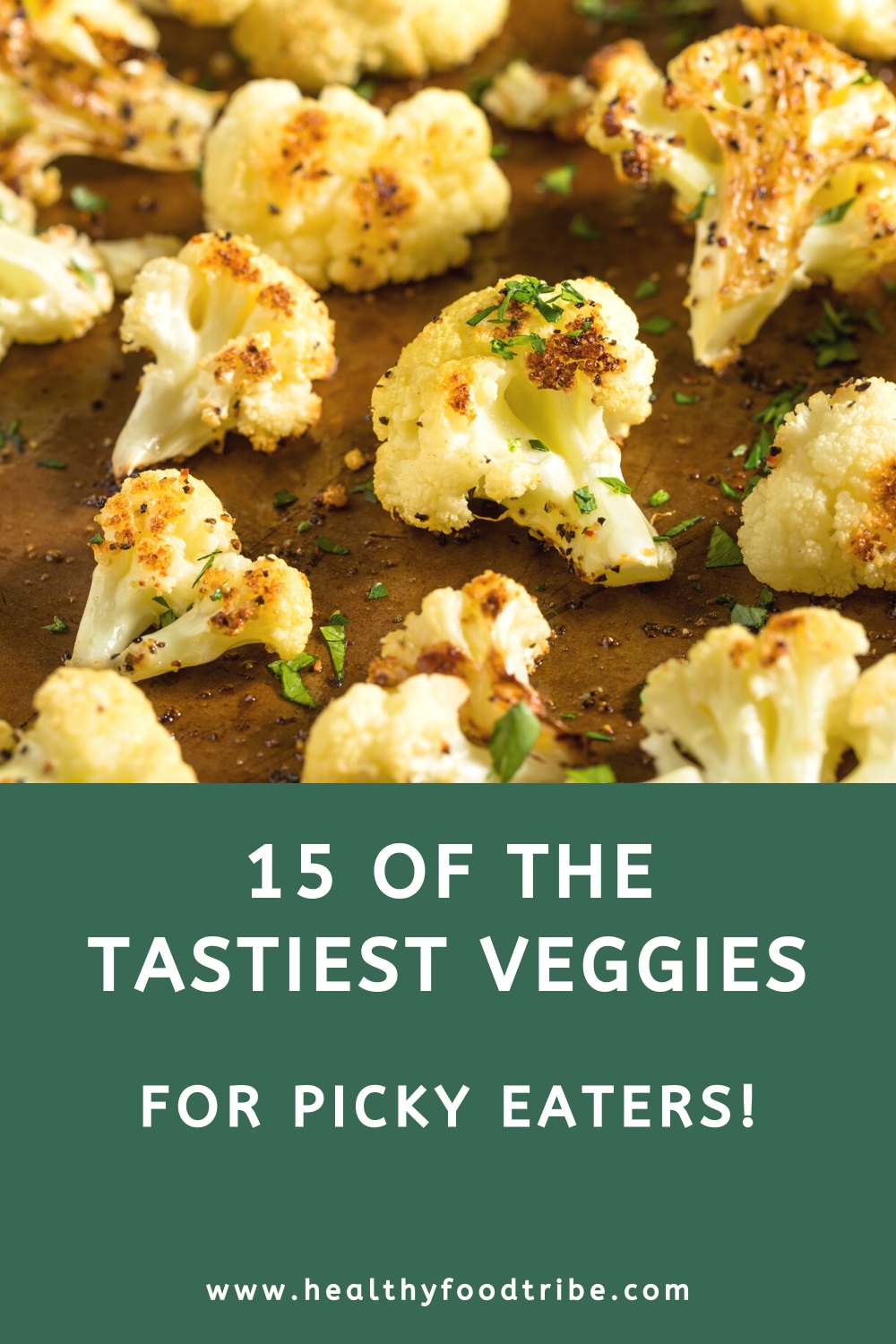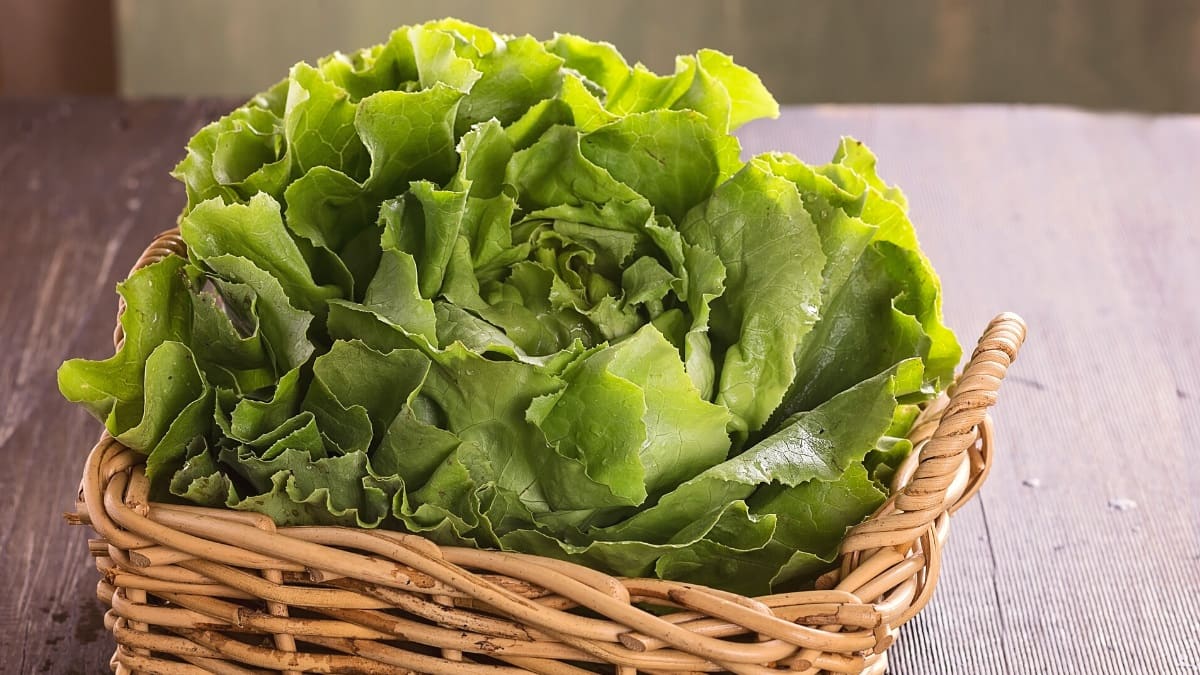Last updated: January 18, 2024
This guide explores the best-tasting vegetables for picky eaters, plus tips on how best to prepare and serve them so your kids will happily eat these veggies.
We all know that vegetables are good for us, as they offer us essential vitamins and minerals, and most have the unique ability to make us feel full without loading on calories.
But many vegetables have flavors and textures that make them an acquired taste. For those with sensitive palates, learning to love vegetables can be challenging, even more so for children.
To help add some much-needed nutrition to your plate, I’ve created this list of 15 of the best-tasting vegetables, including some practical tips on preparing them to make them as tasty as possible for those picky eaters.
They are easy to eat, have a pleasing texture, and are packed with just as many good things as those less appetizing options. Kids will love them!
1. Asparagus
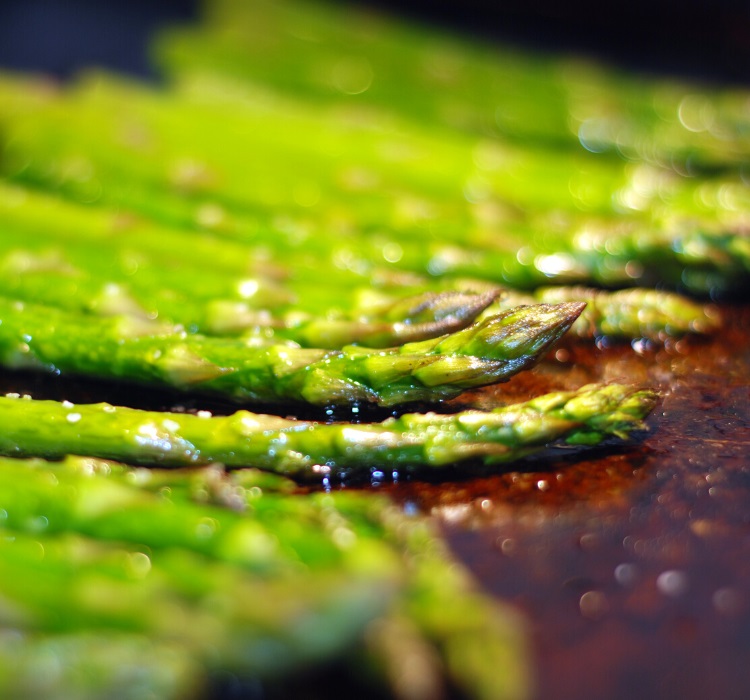
Asparagus may seem a strange choice for this list, let alone claiming the top spot. After all, it has a grassy flavor when raw and can get weirdly squishy when cooked. But it also has the unique ability to disappear beneath the spices and toppings you roast it with.
I like this spear-shaped green (or white or purple) vegetable for picky eaters because its mild flavor is easy to camouflage with the right ingredients.
For more mature picky eaters, try roasting these spears in olive oil, garlic powder, and salt until crispy. For younger kids, go with parmesan and butter and roast until soft.
2. Carrots
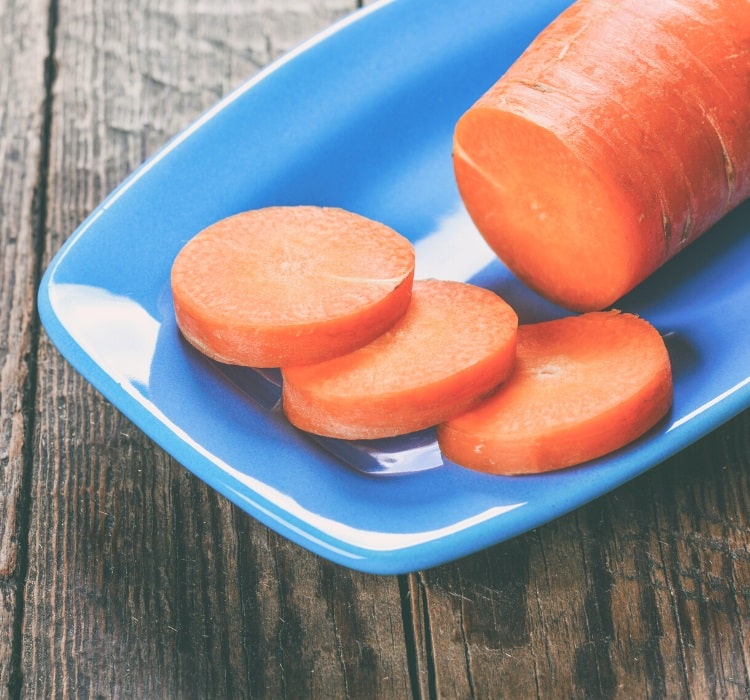
There is a reason carrots are one of the go-to foods for kids. These veggies are simply very easy to like.
Not only are carrots full of natural sugar that makes them highly palatable, but they can be served hard or soft to appease all texture preferences. To encourage eating raw carrots, peel them to remove the slightly bitter skin and serve them with ranch or hummus. Cooked carrots make a great side with or without spices.
Carrots are high in antioxidants, and they also contain plenty of fiber, lots of vitamin A and potassium, and they won’t spike blood sugar like other sweet treats.
3. Potatoes
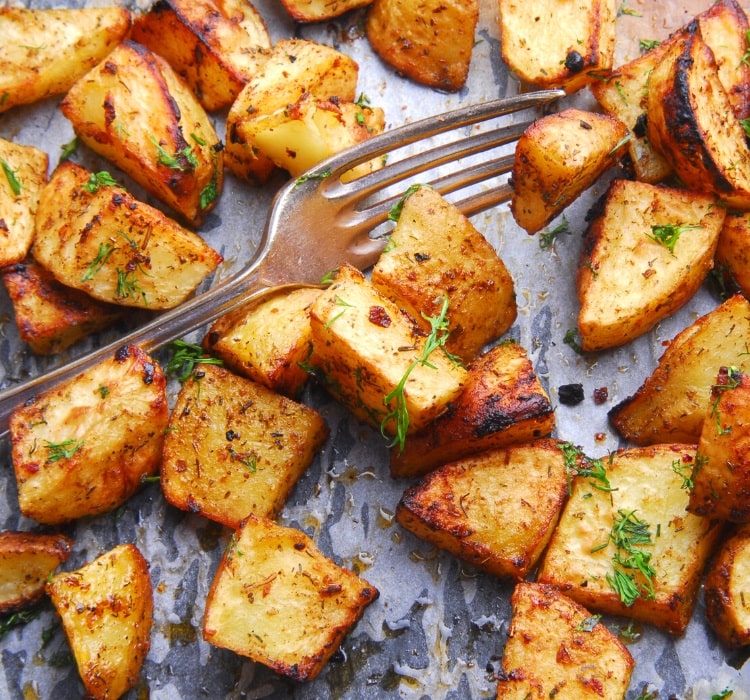
Potatoes are often overlooked as vegetables, mainly because they are so hearty and filling. While these starchy tubers have more calories than your average veggie, they are still technically a vegetable.
Growing underground gives potatoes a healthy dose of many minerals, including manganese and phosphorus. They are also good sources of vitamin C and fiber. And the resistant starch in potatoes helps feed beneficial bacteria in the gut.
This is all good news since potatoes are one of the most palatable vegetables for finicky eaters. To appease these dinner critics, try making potatoes in a variety of ways. They can be baked, roasted, or mashed with various spices and delicious toppings.
4. Green Peas
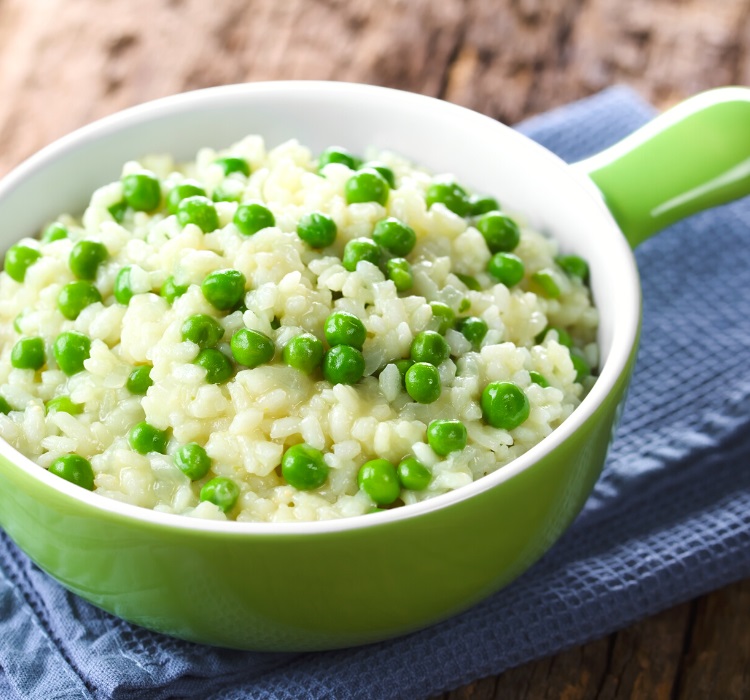
After carrots, peas tend to be the most common vegetable served to children. And there’s a reason for that. Green peas have a sweet, hearty flavor and squishy yet firm texture that is easy to like.
It also helps that peas are plentiful in the frozen food section, making them super easy to prepare. For picky eaters, try adding steamed peas to their macaroni and cheese, rice, or other grain and sauce-heavy dishes. They are also plenty good mixed with some butter and spices.
Like other legumes, peas are high in protein. They also have plenty of fiber, iron, folate, and everything else a growing body needs.
5. Bell Peppers
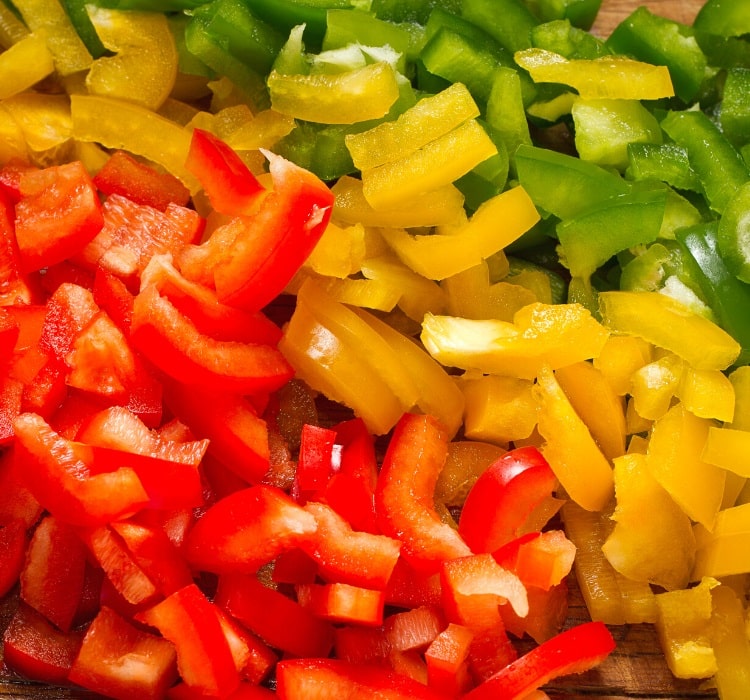
The trick to feeding bell peppers to a picky eater is to avoid green varieties. These tend to have a tough texture and a noticeably earthy flavor. Instead, opt for bright colors, like red, yellow, and orange.
Colorful bell peppers are not only softer, but they have a sweeter, almost citrusy flavor that most kids and picky eaters love. When added to recipes, these rainbow peppers soften even more and add fun hues to the dish. Unlike green peppers, which are picked out almost out of habit because of their color, most kids love eating these colorful options.
Brightly colored bell peppers also make a great raw snack. Pair them with peanut butter, cream cheese, or ranch to encourage picky eaters. Like green peppers, colorful bell peppers are high in vitamins and minerals.
If you like (red) bell peppers, be sure to read my guide to delicious red-colored veggies for more of these colorful and tasty vegetables.
6. Cauliflower
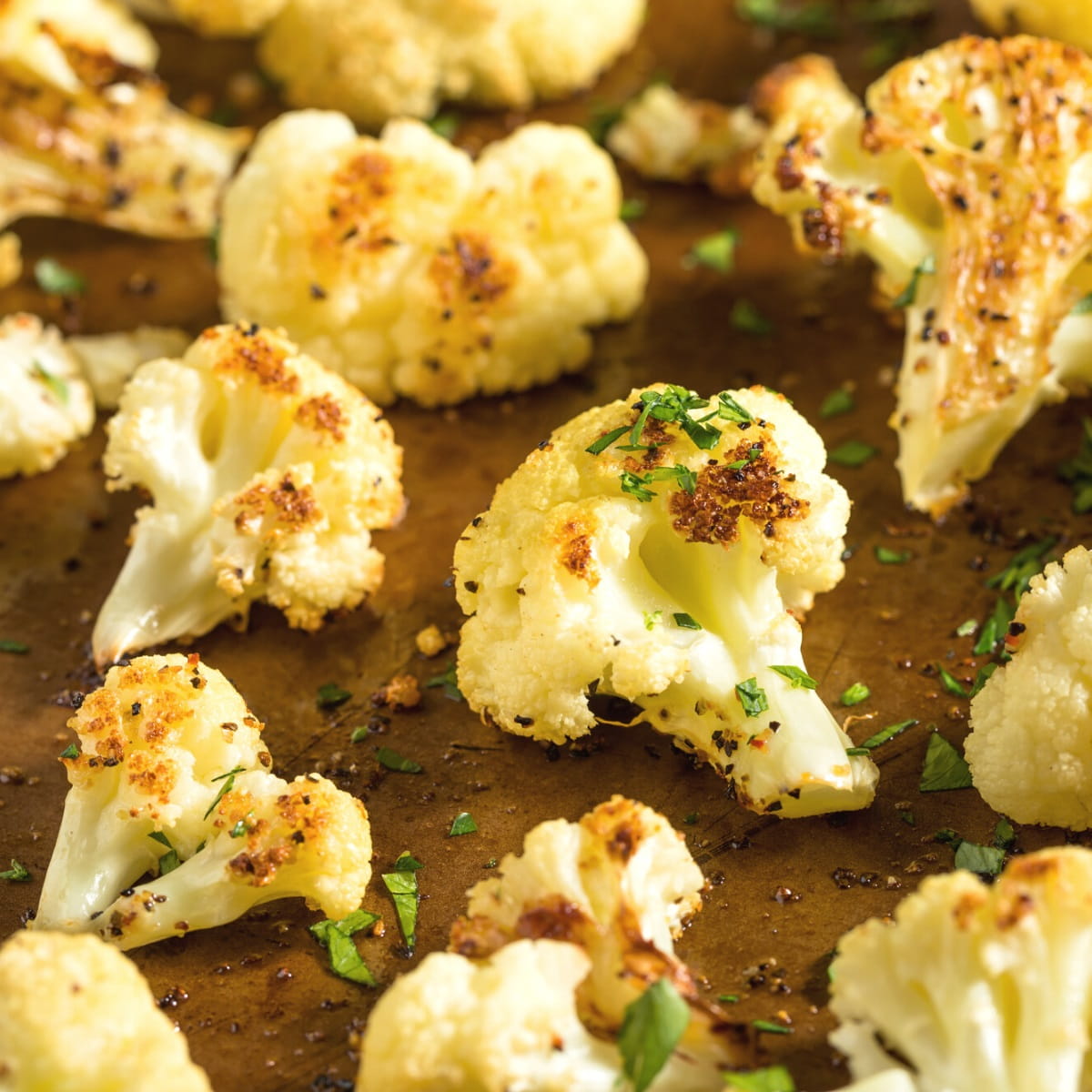
Cauliflower may well be one of the easiest veggies to hide on your child’s plate.
This cousin of broccoli has a very neutral flavor that gets even less noticeable once it’s steamed. From here, it can be crumbled into “rice” or mashed to replace potatoes.
For super picky eaters, try mixing a few prepared florets into their potatoes, risotto, or pasta. For those that are slightly more adventurous, roasted cauliflower can be fixed with a variety of sauces and spices and served as a side or a main.
7. Butter Lettuce
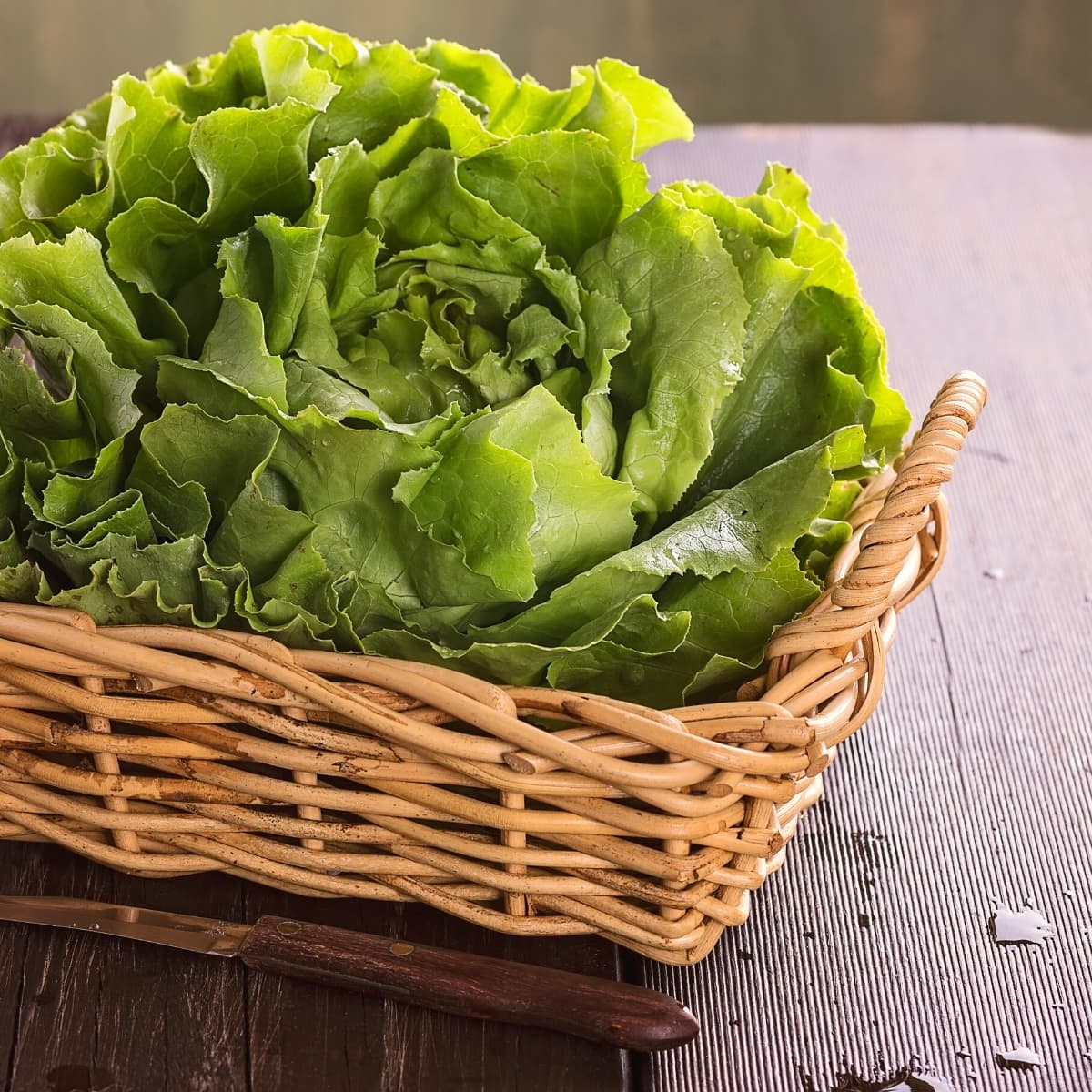
Butter lettuce is an excellent green for those who can’t stand the earthy taste of spinach and kale. This lettuce has a similar texture to spinach but a much more mild flavor. In fact, it hardly tastes like anything at all.
Unlike most lettuce varieties that are high in water and lower in vitamins and minerals, butter lettuce is rich in many nutrients. It is packed with vitamin K, vitamin A, and folate.
Sneak this leafy green into your diet by blending it into smoothies. Or use it in simple salads, lettuce wraps, or as a neutral topper for tacos and burritos.
8. Celery
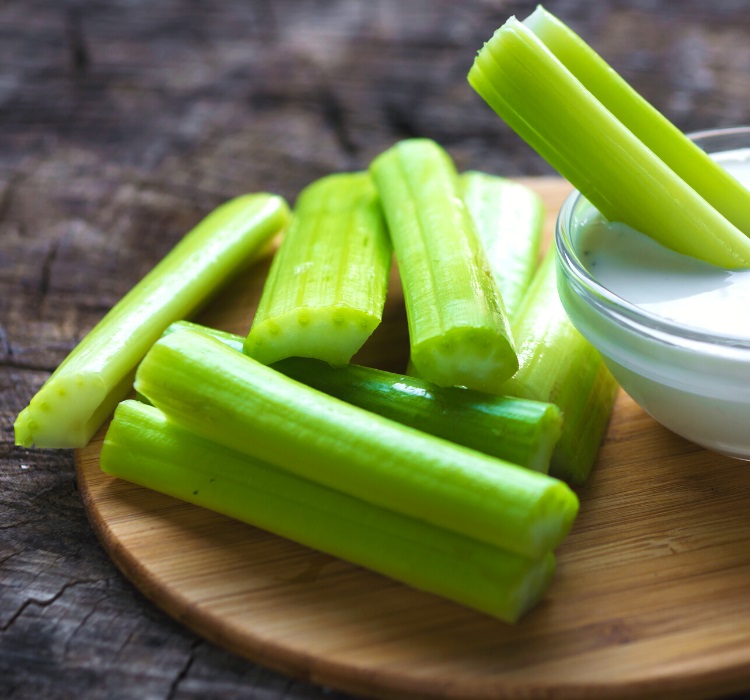
Celery has an appealing, slightly-sweet, slightly-salty flavor. But many are turned off by its stringy texture. One simple solution is to cut off the outer layer, which contains most of the fibrous strings.
Whether you serve this veggie sans strings or as is, it can be helpful to pair it with a spread. Peanut butter and raisins are an old standby for a reason. Cream cheese also tastes pretty good atop a spear of celery.
What I often do is eat celery with hummus dip, which is officially one of my favorite snacks to eat when I’m working.
9. Butternut Squash
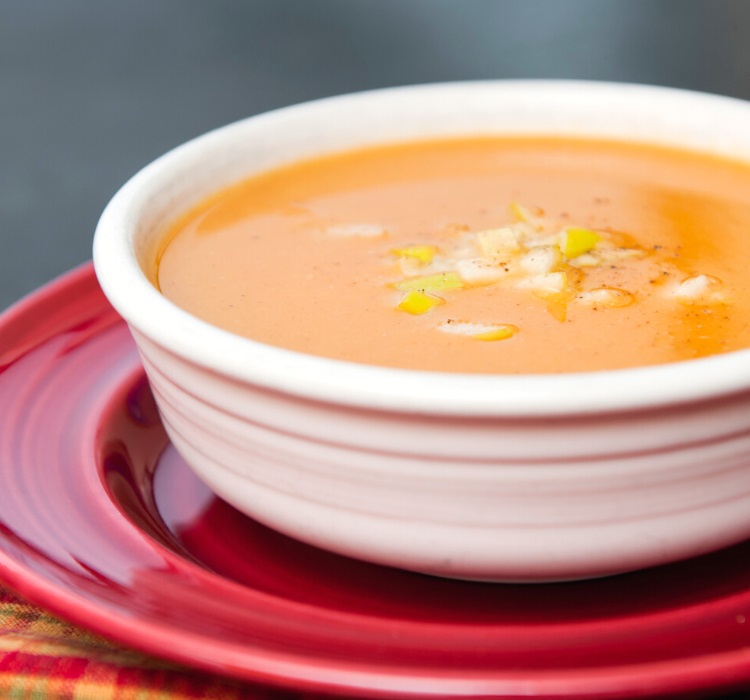
Many types of squash make great options for picky eaters, but butternut squash is an especially great choice. This bright orange veggie has a mild flavor that gets pleasantly sweet after roasting and also works well in soup form.
For children, try preparing butternut squash with butter and cinnamon for a sweet yet deceptively nutritious side or snack. Or, for the really veggie-averse, bake it without spices until very tender, then mash and mix a few spoonfuls with macaroni and cheese, risotto, or other savory dishes.
Butternut squash is a very nutritious vegetable too, loaded with vitamin C, vitamin A, and many minerals, so the more you can eat, the better!
10. Cherry and Grape Tomatoes
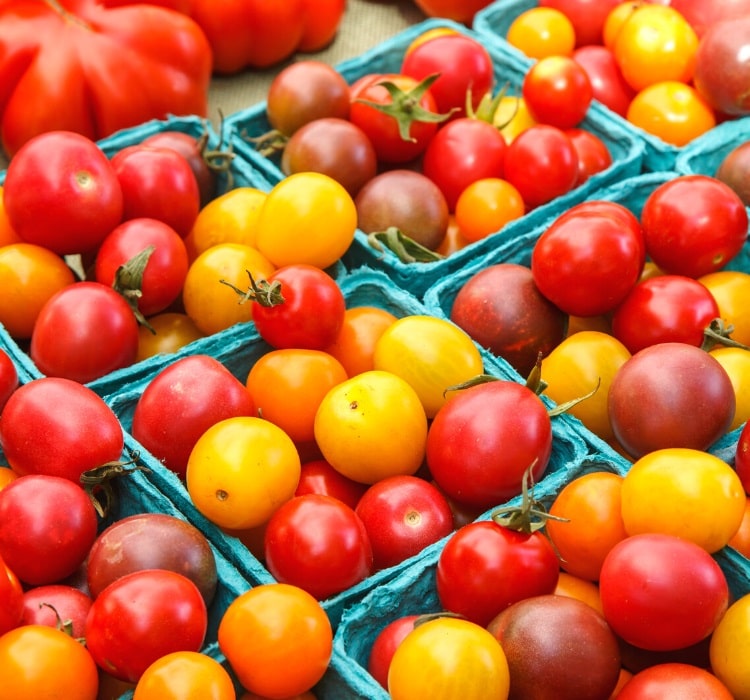
Big, sloppy slices of tomatoes are often too much for the veggie-averse to deal with. But cute little snacking options like grape and cherry tomatoes usually get a better reception.
These pint-sized tomatoes are still quite acidic, but they tend to have more flavor and are sweeter than regular varieties.
They also come in a variety of colors, from yellow to purple, which can be enough to convince many kids to give them a try. Halved or whole, they make a great snack.
11. Cucumbers
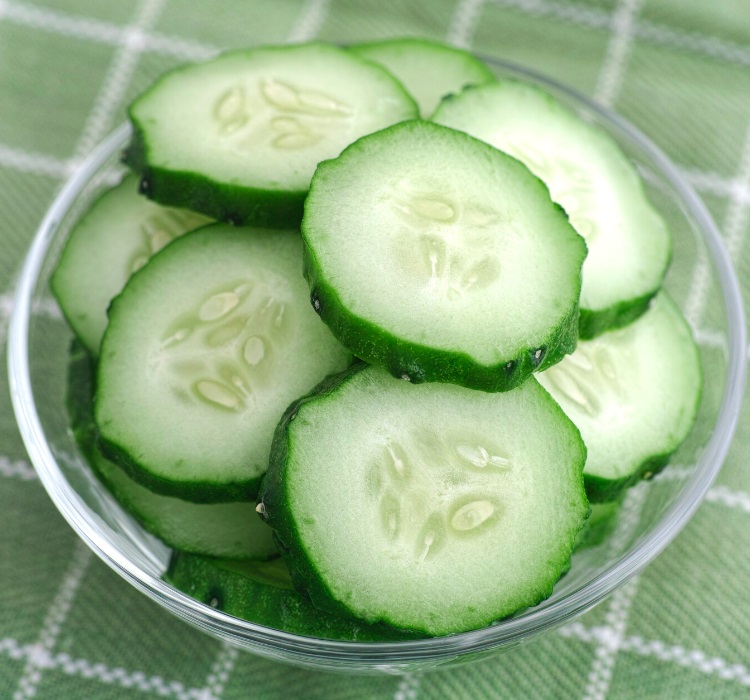
Cucumbers are super high in water and have a neutral flavor. This combination makes for a refreshing snack that can be paired with other flavors to encourage the picky eater. Cucumbers are also a great vegetable for juicing for those reasons.
Try sneaking cucumber into your berry smoothie or seasoning cut cucumber with olive oil and vinegar. For kids, simply cutting off the thick, earthy skin is usually enough to get them to enjoy this vegetable. You can also add cucumbers and mint to water for a refreshing and nutritious low-calorie beverage.
Cucumbers are 96% water. This, combined with their high vitamin K content, makes them helpful for rehydrating and balancing electrolytes after a hard workout (or a long night). They also bring plenty of other vitamins and minerals and very few calories.
12. Delicata Squash
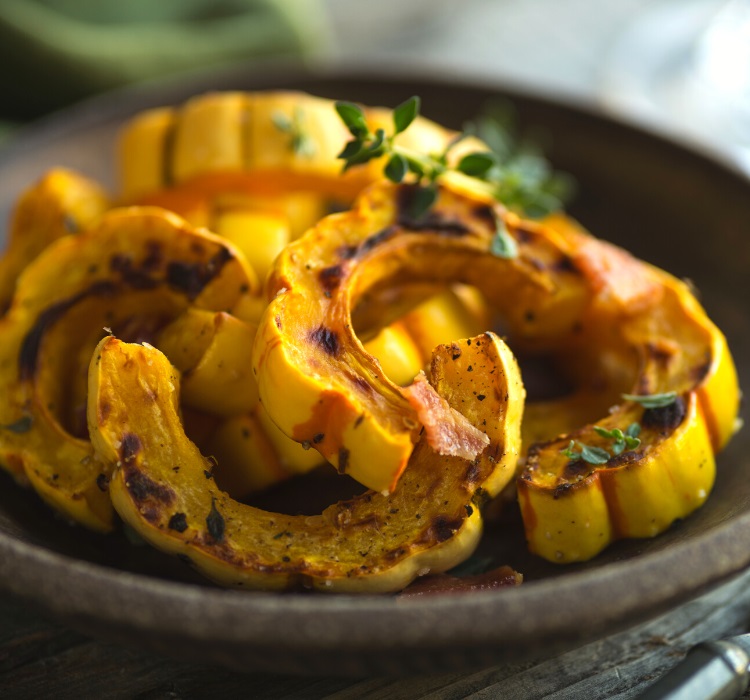
Delicata squash is another sweet squash that kids seem to love. Like butternut, this squash gets tastier when you roast it. But unlike butternut, the skin will soften up enough to the point where you can eat it.
For this reason, it makes a great option for introducing picky eaters to the idea of eating the nutrient-rich skins found on many veggies. You can prepare delicata with sweet spices or savory. Or just add some butter or oil and let the natural deliciousness of this seasonal squash shine through.
Delicata contains a long list of nutrients and is less calorie-dense than other squash options.
13. Romaine Lettuce
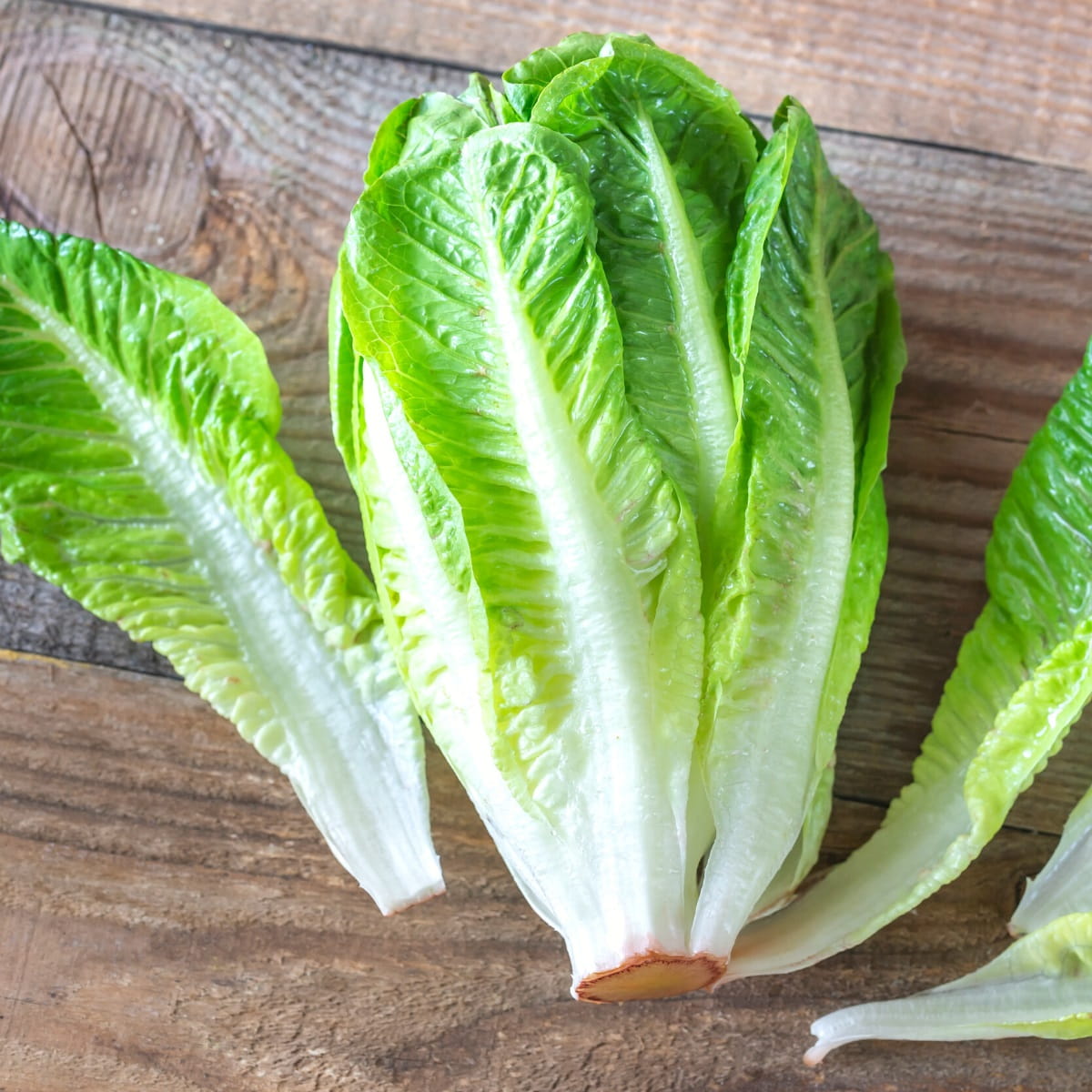
Romaine lettuce is another leafy green that most people are pretty agreeable to.
This type tastes a little more earthy than butter lettuce, but it has a higher water content and crunchier texture that many prefer. The green varieties tend to have a more neutral flavor compared to the red cultivars.
Like other leafy greens, romaine can be added to smoothies or finely chopped and used as a garnish. Romaine salads prepared with candied nuts, sliced strawberries, and a sweet dressing are well tolerated by many picky eaters, even kiddos.
14. Sweet Potatoes
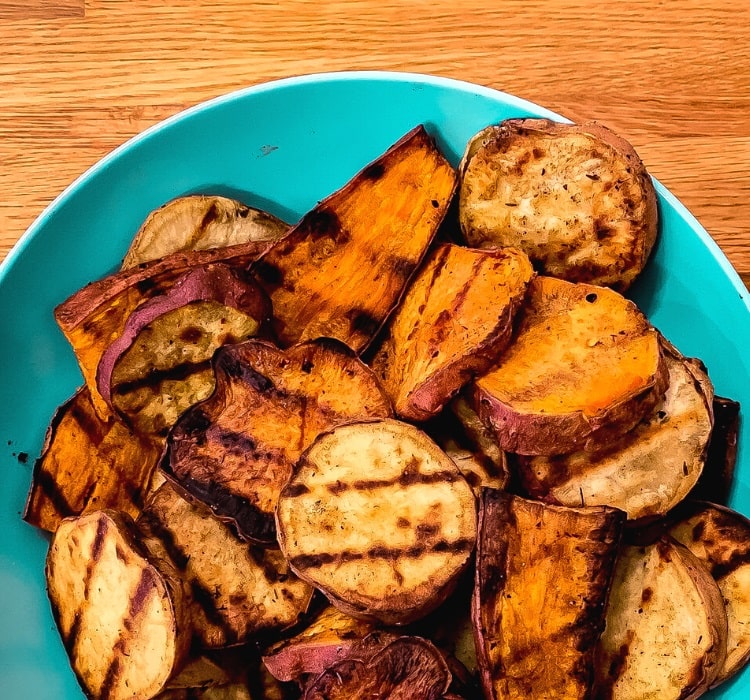
Sweet potatoes tend to be an easy sell. They have the soft, starchy texture people love about regular potatoes, mixed with the sweetness of well-roasted butternut squash. Add a little cinnamon or maple syrup, and you have a veggie dessert most kids will devour.
To appease the difficult eaters, they can be prepared in a variety of ways. Sweet potato french fries dusted with salt make a great savory side, while sweet potato pie slathered in whipped cream is a somewhat healthy dessert option.
Either way, it’s pretty rare to see a picky eater turn their nose up at this delicious vegetable.
15. Jicama
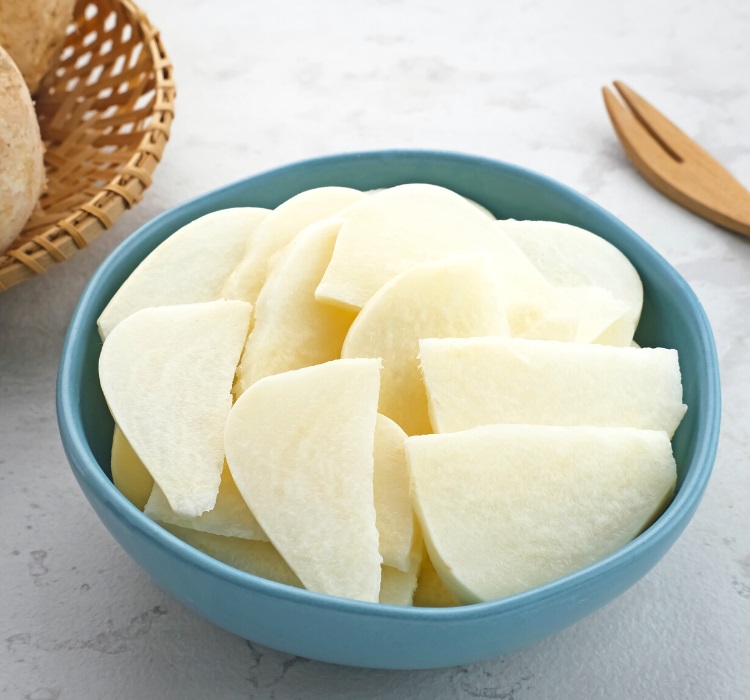
Jicama is a pretty strange vegetable. It looks like a cross between a potato and an onion, with firm, crunchy white flesh under thin brown skin. They have a flavor that’s basically, well, like water.
And that’s what makes jicama an excellent choice for picky eaters. The very neutral, slightly sweet flavor is easily overshadowed by any kind of dip. And the crunchy texture, like an apple without the juice, is very pleasing to most people.
Despite tasting like almost nothing, jicama packs quite the nutritional punch. It is high in vitamin C, contains many trace minerals, and holds a lot of dietary fiber. Unsurprisingly, it’s also one of my favorite white vegetables!
